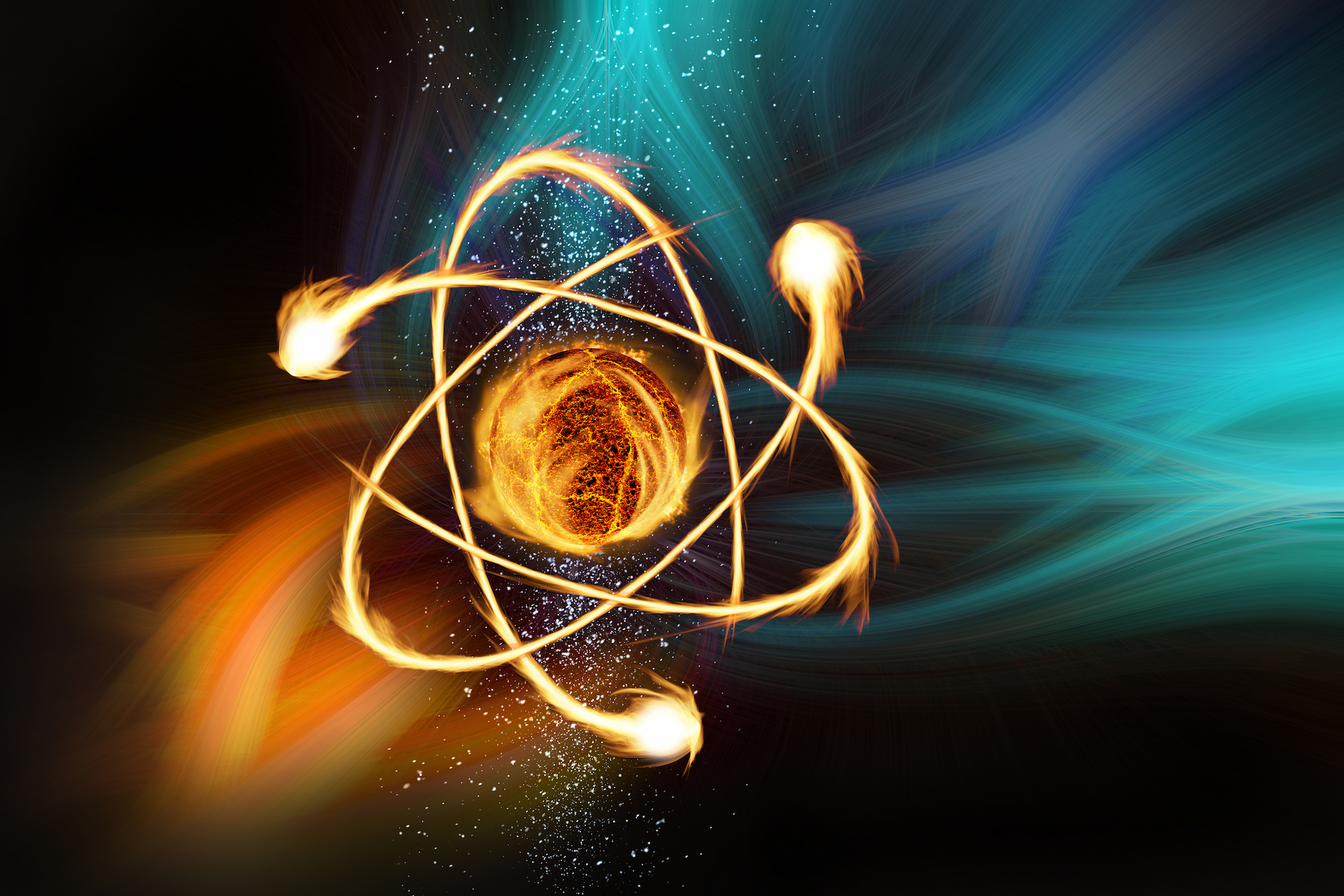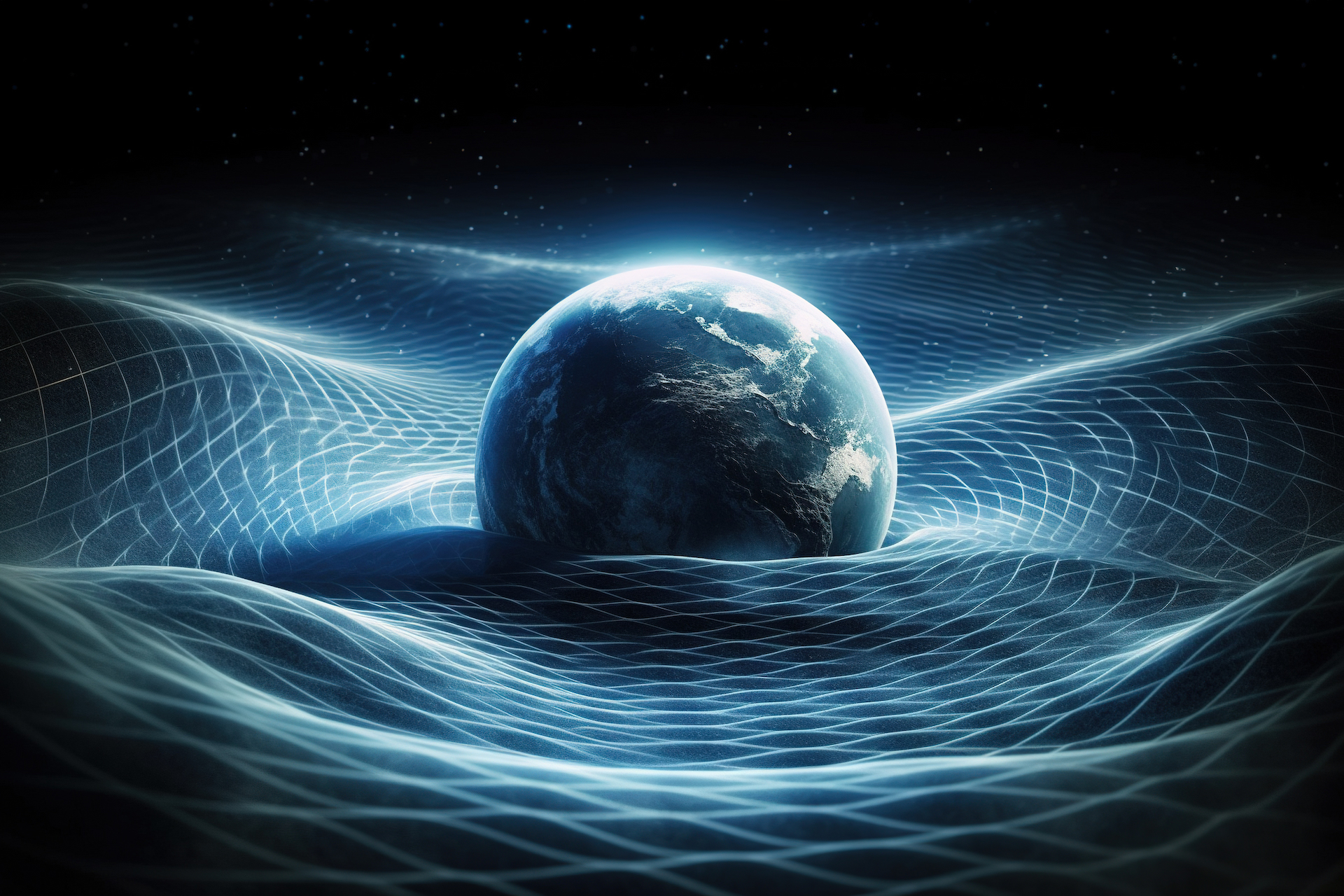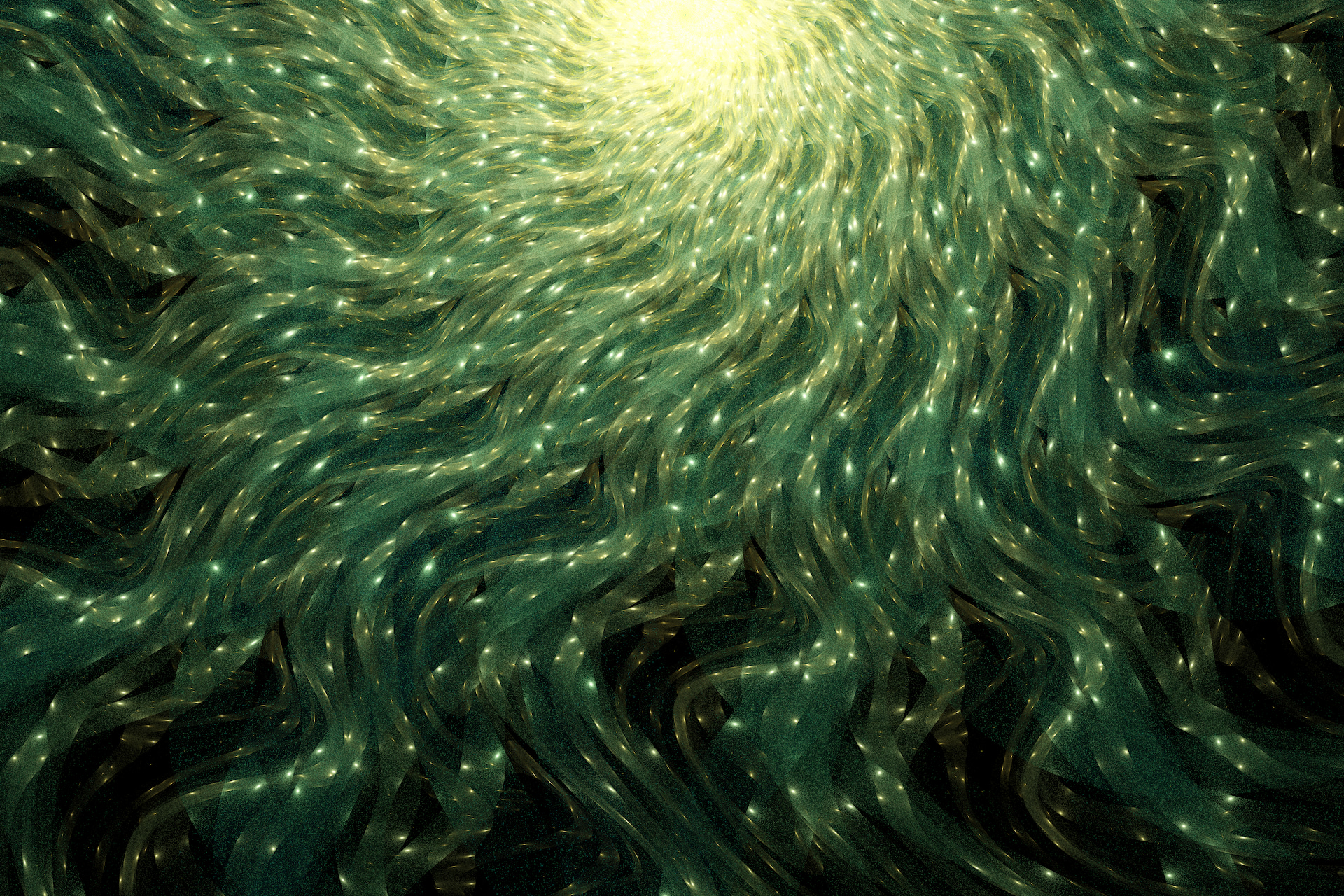Within the immense, tranquil realms of the cosmos, amidst the genesis of stars and the perpetual waltz of galaxies, there exists a murmur of energy, so faint and elusive, that it drifted through the Earth, and indeed through our very being, undetected and unaffected for ages.











